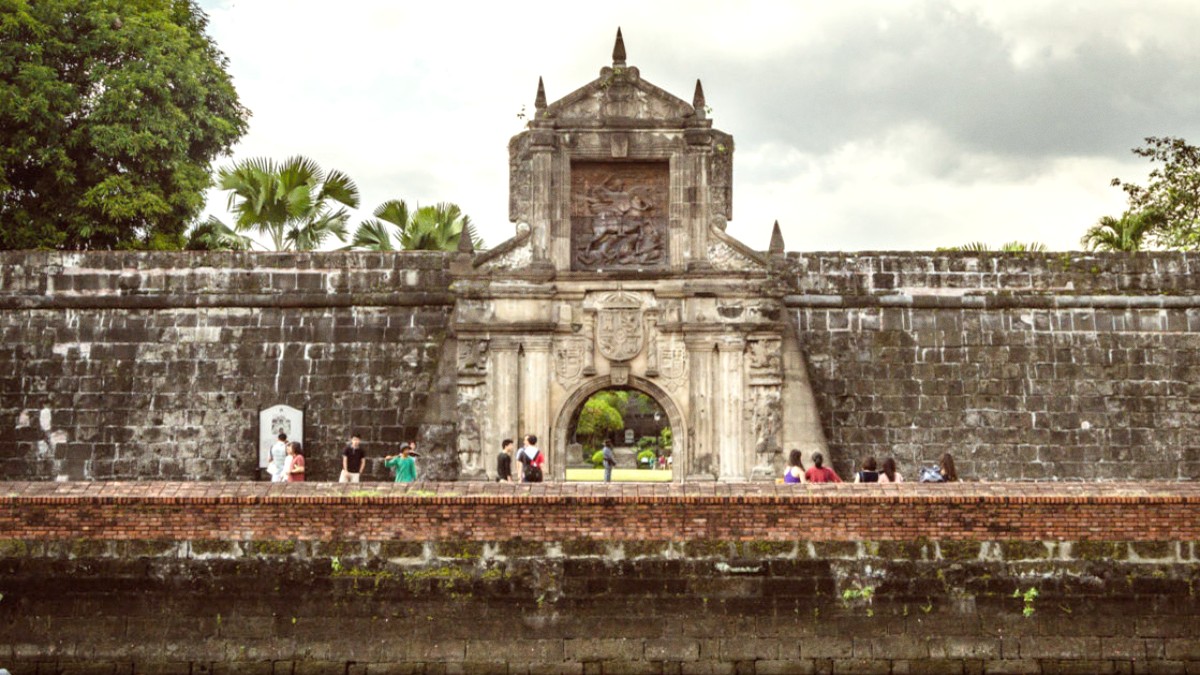
North Luzon, Philippines
Ilocano cuisine, the origin of Vigan's dishes, arose from the Ilocano people's resilience. The region's generally arid climate historically meant staples like rice and corn were sometimes scarce. This led to a culinary tradition maximizing flavor and sustenance from available ingredients.
Emphasis on locally sourced produce, fresh seafood (from the nearby coast), and pork remains strong. Dishes often feature fermented fish or shrimp paste (bagoong) for umami and souring agents like local vinegar (sukang Iloco) or calamansi for tang.
Distinguishable by its short, plump, garlicky, and slightly sour taste from sukang Iloco. A staple breakfast item.
Features a crispy rice flour crust, filled with Vigan longganisa, grated green papaya, and a raw egg yolk. Served with sukang Iloco.
A sour and savory soup made from beef internal organs, flavored with bile and various spices. Offers a distinct taste profile.
Small, plump, garlicky pork sausages with a distinct savory-sour taste. Best enjoyed fried with garlic fried rice and an egg for breakfast.
Find at Cafe Leona, Kusina Felicitas, or Vigan Public Market.
Crispy rice flour crust with a savory filling of Vigan longganisa, green papaya, and egg yolk. Served hot with sukang Iloco.
Popular at Plaza Burgos stalls, Irene's Empanada, Saranggani Empanada.
Deep-fried crispy pork belly, known for its shatteringly crisp skin and tender meat. A multi-stage cooking process creates this texture.
Featured on menus of most Ilocano restaurants in Vigan.
Sweet, sticky, chewy rice cake baked in a clay oven, often topped with cheese or butter. A popular souvenir.
Crispy fried corn kernels, seasoned with various flavors. A popular crunchy snack and souvenir.
Vigan offers some establishments with a more refined dining ambiance.
Comfortable choices for a good meal without a premium price.
Affordable eats and an immersive local food market experience.
Some local guesthouses may offer informal cooking demonstrations for Vigan Empanada or Longganisa.
Inquire locally at your hotel or the Vigan Tourism Office.
Arrange tours to sample various local delicacies, often with explanations of history and preparation.
These visits often include multiple street food stalls and local eateries.
Fermented sugarcane wine unique to Ilocos, sweet-sour taste.
Brewed coffee from local beans, available throughout the city.
Opportunities to see local produce and ingredients firsthand.
Limited options, focus is on local Ilocano and Filipino dishes.
Awareness of specific allergens like gluten is generally low. Gluten-free options are not explicitly labeled.
Communicate allergies clearly. Focus on naturally gluten-free foods like rice and fresh fruits.
Learning phrases in Tagalog/Filipino and Ilocano is highly recommended for dietary communication.
"Walang karne" (no meat), "Walang isda" (no fish), "Walang bagoong" (no fermented paste), "Gulay lang" (vegetables only).
During the Longganisa Festival in January, an abundance of longganisa-inspired dishes, cooking competitions, and special food stalls celebrate Vigan's famous sausage.
While not food tours, visits to Pagburnayan (pottery) offer insight into crafts tied to food storage. The Vigan Public Market provides an immersive experience into local produce.
Guided food tours provide opportunities to sample various local delicacies. A knowledgeable local can explain the history and preparation of each dish.
Some local guesthouses or tour operators offer informal cooking demonstrations for Vigan dishes like Empanada or Longganisa.
Eating inside a beautifully restored heritage house, like Cafe Leona, creates an unique ambiance that transports you back in time.
Experience Vigan's local food culture, buying fresh produce, meats, fish, and local delicacies. Many carinderias are also present.
A lively and bustling atmosphere.
Held in January, this festival showcases Vigan's famous sausage with cooking competitions and street dances.
An ideal time to sample creative variations of the dish.
Some small, family-run longganisa makers may allow visitors to witness the production process.
Traditional fermented sugarcane wine is available for tasting at local restaurants or to purchase as a souvenir.
Fresh seafood from the nearby coast features prominently in many traditional Ilocano dishes.
Embrace the local flavors for an authentic experience, as international options are limited.